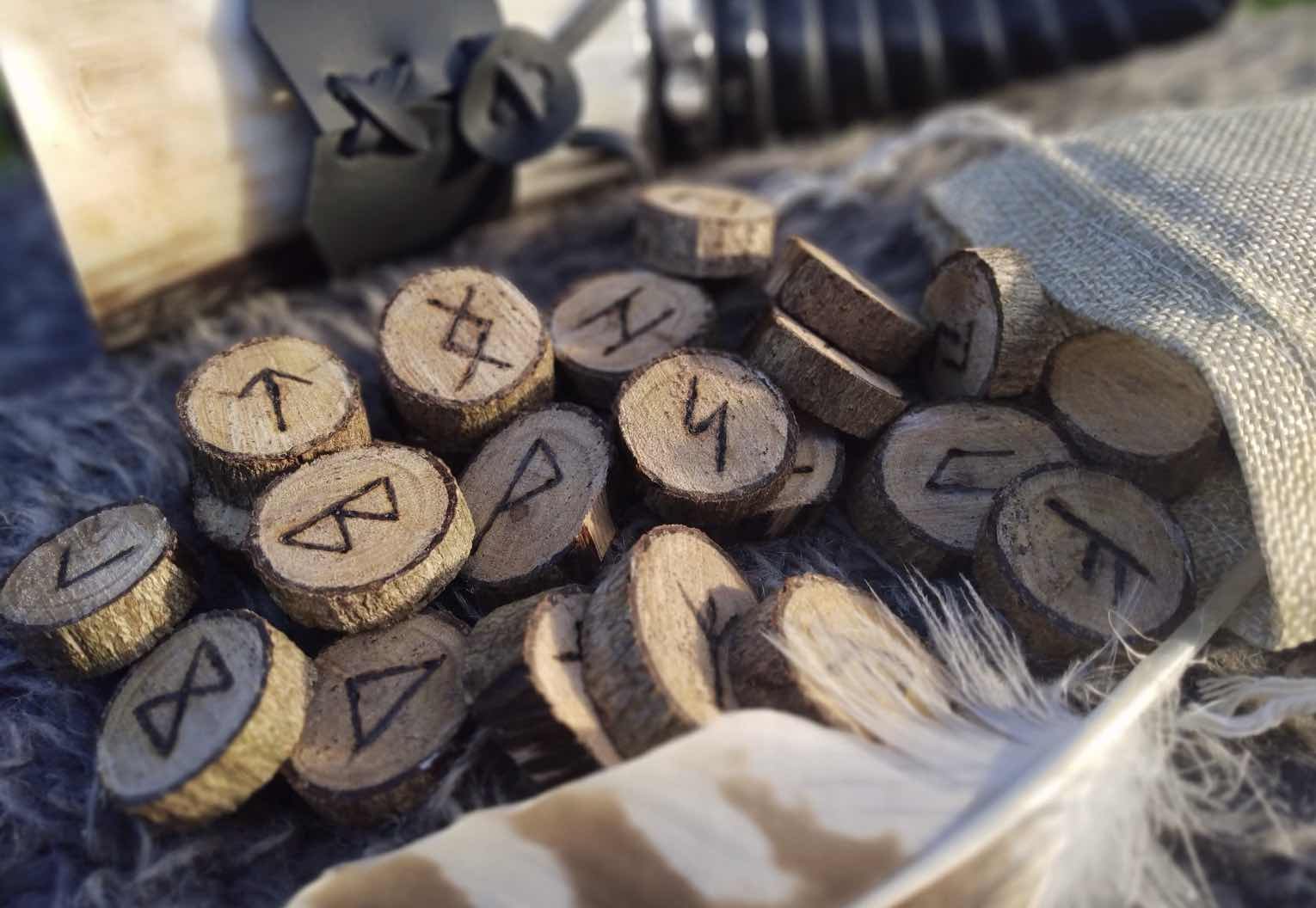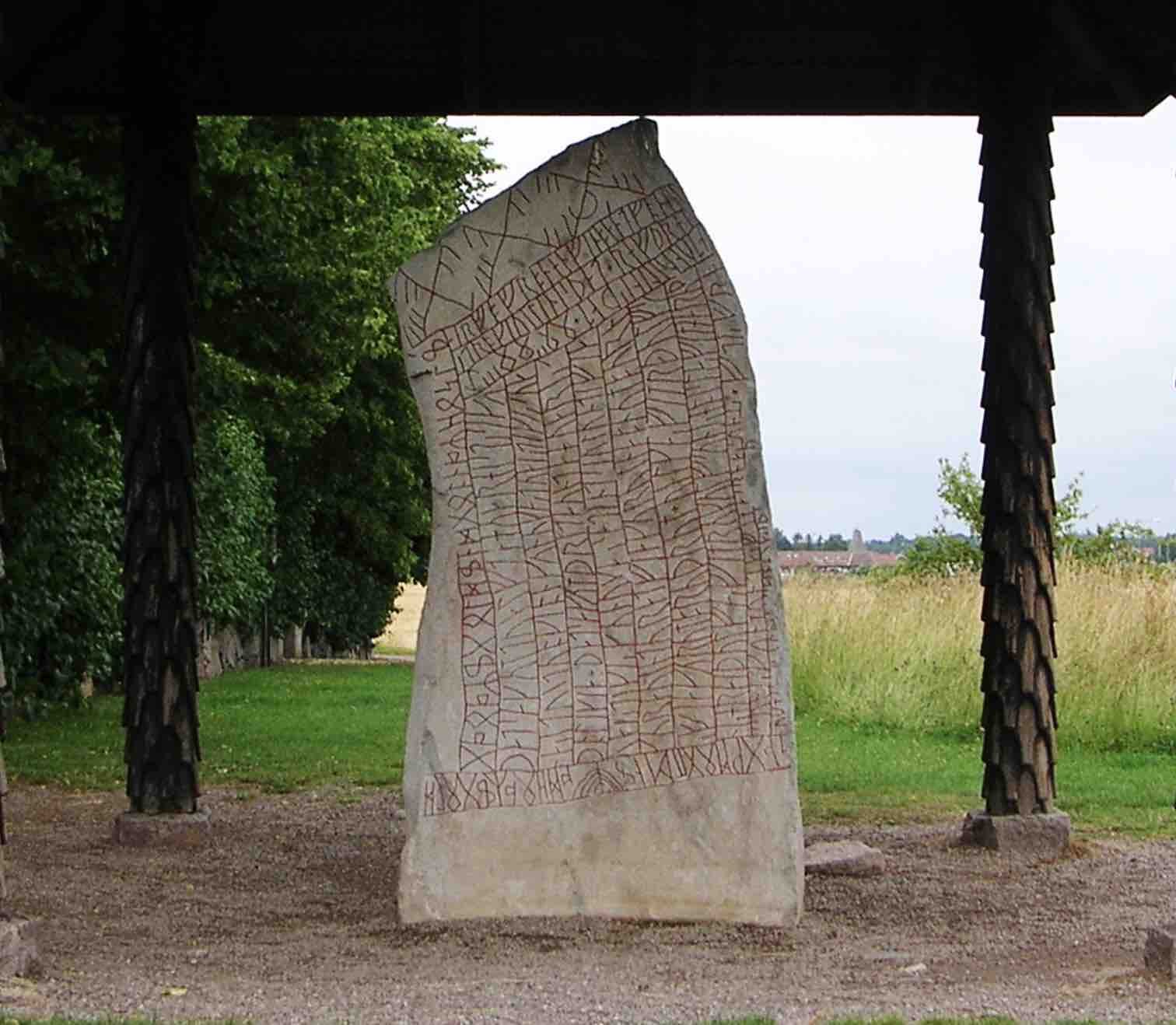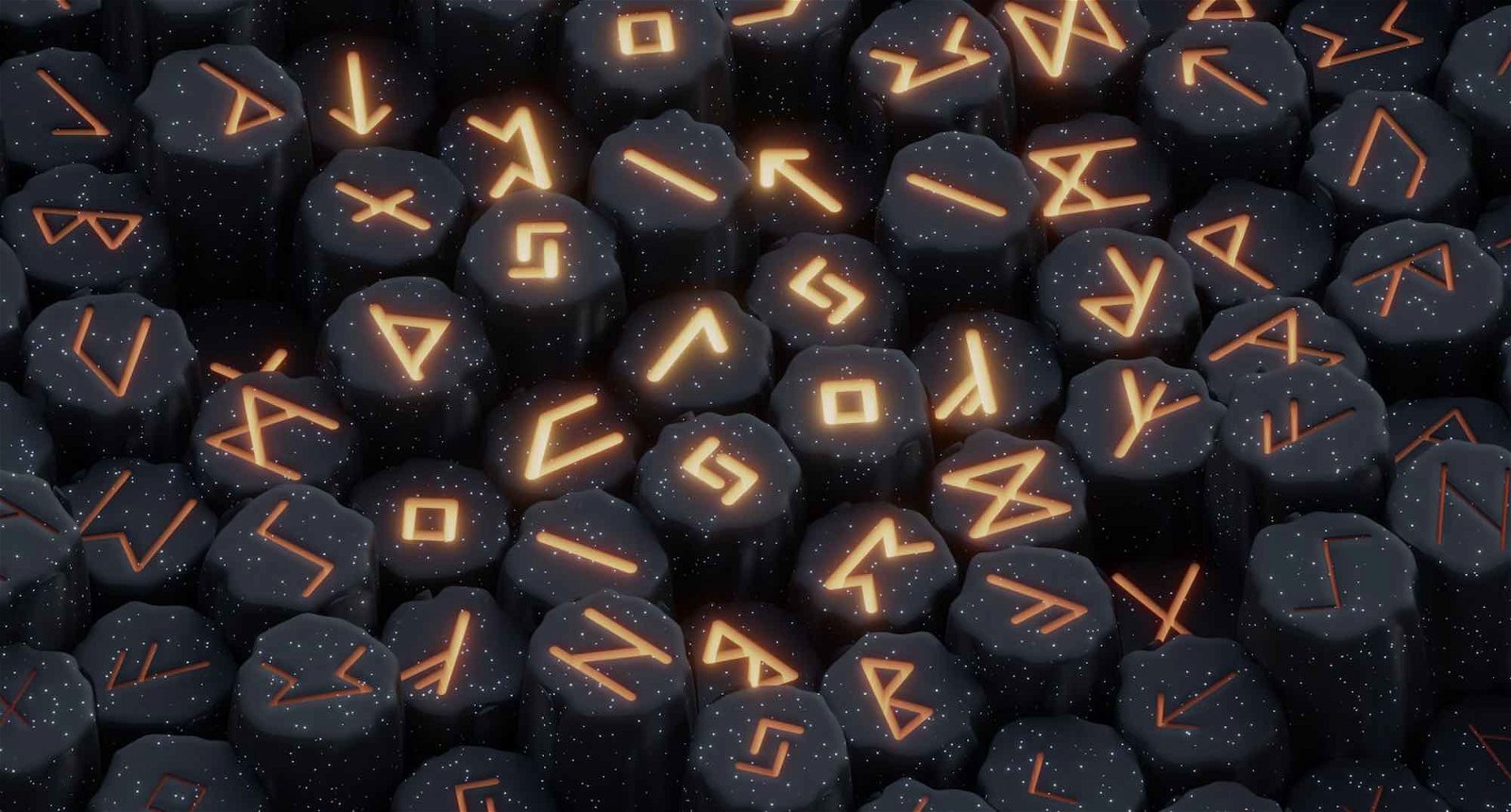The ancient runic alphabet, used by Germanic peoples centuries ago prior to the adoption of the Latin alphabet, remains one of the most enigmatic early writing systems. Chief among its mysteries is not only how it originated, but why part of the runic lettering that is often associated with Viking symbols and lore strangely vanished around 700 A.D.
Known as the Futhark (or Fuþark), this ancient script had been used by a range of Germanic peoples for centuries before the onset of the Viking Age. Languages that included Old Norse, Old High German, Old English, and several others employed the Futhark, named for its first six characters that correspond to the sounds “f,” “u,” “th,” “a,” “r,” and “k.”


The earliest known examples of the old runic alphabet date back to around 150 A.D., and include lettering inscribed on an ancient comb fashioned from bone that was unearthed in Denmark. The system remained in use from the 2nd to the 8th century, and each of its runic characters represented sounds and bore specific names with their own symbolic or magical meaning, which became incorporated into the beliefs of early Germanic peoples.
Magical Spells and Ancient Encryption
However, sometime around the 8th century, the 24-letter runic alphabet (formally called the Elder Futhark) became simplified, with the runic system of Viking symbols being reduced to just 16 characters. It was an unusual development for a group who had used these runes for everything from presumed magical inscriptions on their weapons and other possessions, to some of history’s earliest encrypted messages.
The famous Rök runestone in Sweden, which dates to the late 800s, contains an example of such an encrypted runic message that has yet to be completely deciphered by runologists. Earlier this year at the HistoCrypt 2023 conference in Munich, Germany, historian Sebastian Zimmermann of the University of Lorraine, France, presented the results of his survey of objects he cataloged from the first to the seventh centuries that bore examples of encrypted runic text.


As their spoken language expanded, it remains unclear what circumstances would have deemed the use of fewer letters in the runic alphabet to have been advantageous, as there is no similar development of this kind known to have occurred at any time in history.
Disappearance of the Viking Symbols
“This is probably the biggest remaining problem in modern Runology,” says Professor Henrik Williams, a professor of Scandinavian languages at Uppsala University, Sweden.
Williams, recognized as one of the world’s leading experts on runes, says that Common Scandinavian had already begun to undergo radical linguistic development by the 6th century, which some scholars believe may have been associated with several volcanic eruptions known to have occurred between 536 and 547 AD, which resulted in widespread casualties.
“Each rune was designated with a word which started with the speech sound represented by that rune,” Professor Williams told The Debrief. “Because of the linguistic changes, this system broke down.”
As an example, Williams uses the e-rune, which had the designation ehwaz originally, but developed to joR at a later time, meaning that the rune could no longer be used to represent e.
“This explains why some (but not all discontinued runes) became impractical to use,” Williams told The Debrief. “There may be other forces at work.”
“In any case, the result is a 16-character set instead of the original 24,” Williams said, acknowledging that he is unaware of anything like this having occurred in other ancient language systems.
From 24 Runes to Just 16
Although Williams says that the runes had been used similar to how any other alphabetical script might be used today, he notes that their use by what historians understand to have been primarily an oral society could have been a factor that gave rise to them going out of use by the Middle Ages in areas throughout central Scandinavia.
Possibilities Williams presents as reasons for why the number of runic characters was reduced to just 16 from the original 24 include utilitarian considerations, which might have involved the simplification that having fewer symbols would have meant for the writing process.
“The 16-rune character set might be easier to carve,” Williams told The Debrief, adding that it might have also resulted in fewer choices for its ancient users to have to make, but that it would have also made their writing more difficult to read.
“Already in the late 10th century, some runes were supplemented with dots, changing a k-rune to g, for example.”
“When Latin writing was introduced, runes were gradually adapted to include characters corresponding to all Roman letters,” Williams points out.
Although we are currently seeing tremendous advancements in artificial intelligence, Williams cautioned against the notion that AI might help unravel these lingering mysteries about the ancient runic alphabet.
“AI may certainly develop into a useful tool in interpretational work, but just as the reading of the inscriptions cannot be done solely by 3D scanning, most problems in Runology need a human to solve them, assisted by whatever techniques that are available,” Williams maintains.
For Williams, many of the questions involving these curious Viking symbols that have puzzled language scholars for so long will probably endure.
“Runic inscriptions are, after all, carved by people,” he says, “and were intended to be read by people, not machines.”
Micah Hanks is the Editor-in-Chief and Co-Founder of The Debrief. He can be reached by email at micah@thedebrief.org. Follow his work at micahhanks.com and on Twitter: @MicahHanks.

